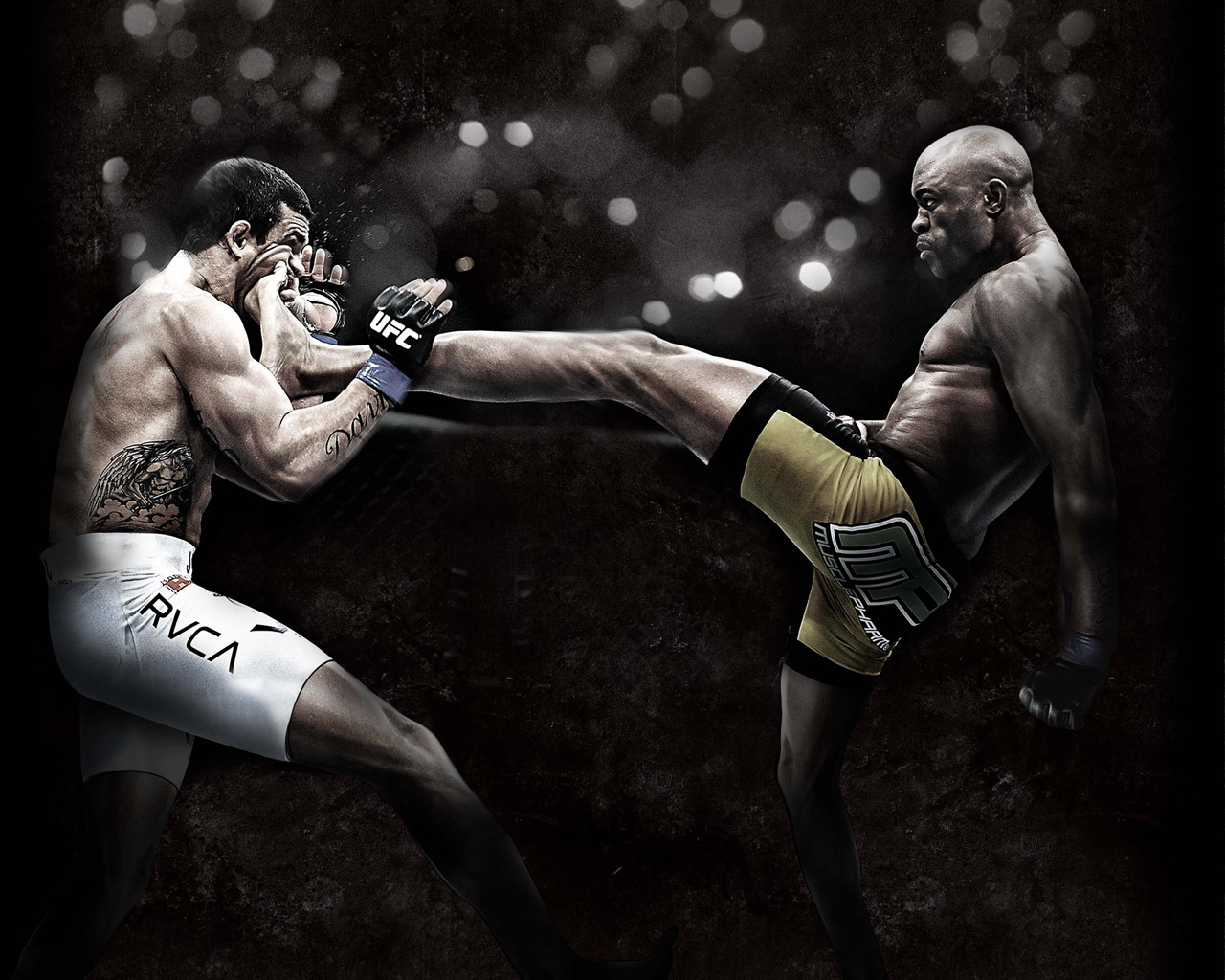

Mood changes include symptoms of depression, apathy, irritability, and suicidal thinking. Early cognitive symptoms primarily include learning and memory impairments. The cognitive and behavioral symptoms associated with CTE are reflective of the regions that have been pathologically determined to be most affected by CTE. The clinical syndrome of CTE is a combination of symptoms caused by lesions affecting the pyramidal, extrapyramidal, and cerebellar systems.
#Mixed martial arts fighting series
found that dementia pugilistica is a neuropathologically distinct condition from other neurodegenerative conditions after he presented a case series of 15 ex-boxers, which included abnormalities of the septum pellucidum associated with fenestration and forniceal atrophy, cerebellar and scarring of the brain, substantial nigral degeneration, and the occurrence of neurofibrillary tangles in the cerebral cortex and temporal horn areas. Millspaugh noticed that the disease was characterized by memory disturbances, executive dysfunction, mood and behavioral changes, and neurological abnormalities after repetitive brain injury. It was subsequently termed “dementia pugilistica” by Millspaugh in 1937. This case highlights the importance of public awareness of the risks of MMA and the dangers it poses to the brain, especially with more young people being attracted to this sport.Ĭhronic traumatic encephalopathy (CTE) was first described by Martland in 1928 as “punch drunk syndrome”, where he hypothesized that the cognitive and behavioral symptoms observed in boxing competitors were a result of sub-lethal repeated blows to the head that the fighters sustained in their careers. There is thus an urgent need for more studies in this area as CTE can be a chronic and debilitating illness with incapacitating neuropsychiatric sequelae. To date, there has been limited large-scale research on head trauma in MMA. Through a detailed examination of his history, it was discovered that he sustained recurrent minor head concussions due to his line of work. He had been practicing mixed martial arts (MMA) for 10 years, and later was an instructor of the sport. On further cognitive testing, it was revealed that he had difficulties with short-term memory and processing speed as well as difficulties in organizing and multitasking. We present a case of a middle-aged male who presented with worsening memory, poor concentration, and behavioral changes for a year. However, there is now a growing acceptance that CTE can develop in athletes of other sports due to the repetitive head trauma they receive.
#Mixed martial arts fighting professional
Chronic traumatic encephalopathy (CTE) was first discovered in professional boxers after they exhibited memory impairments, mood and behavioral changes after years of boxing.


 0 kommentar(er)
0 kommentar(er)
